Microplastics in the Chesapeake Bay
Plastic containers and other trash that gets washed into the Bay doesn’t actually disappear
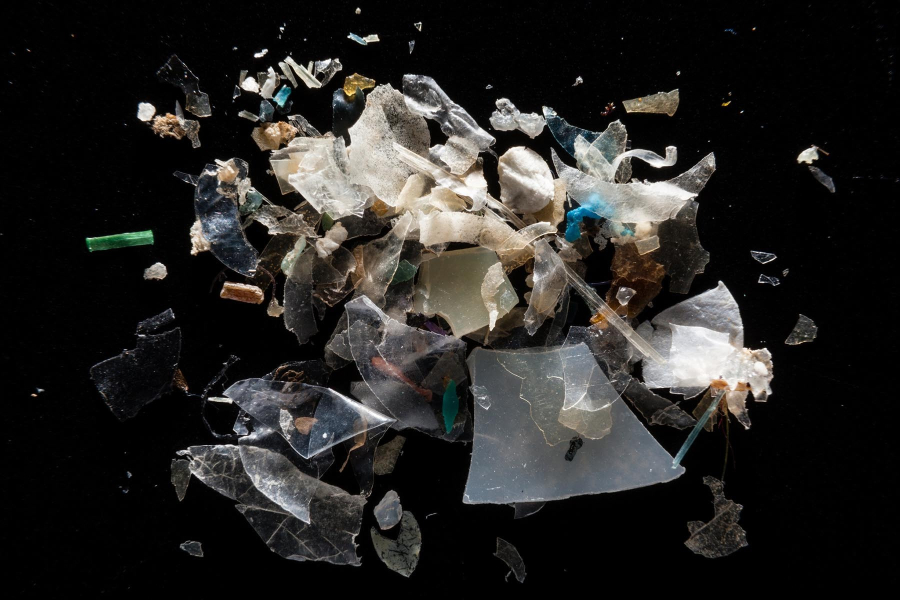
If you’ve ever watched a solitary ant explore your countertop, you might have marveled at its tiny size. You also might have questioned how something seemingly insignificant can be such a nuisance in your aspiringly sterile kitchen. Then you remember what your tiny pioneer heralds—the impending arrival of thousands of her sisters—and she suddenly seems like a more formidable adversary.
At a few millimeters short of a typical carpenter ant, microplastics are another case of both extreme smallness and overwhelming magnitude. Microplastics are the fragments, pellets, sheets, fibers, microbeads and polystyrene that begin as improperly discarded plastic bottles and trash that get washed into our waterways. At less than five millimeters in length, they are nearly imperceptible. But plastic doesn’t degrade like most organic material, meaning the total amount of plastic in the environment doesn’t really change as it breaks down, allowing microplastics to persist in most surface waters around the globe, including the Chesapeake Bay.
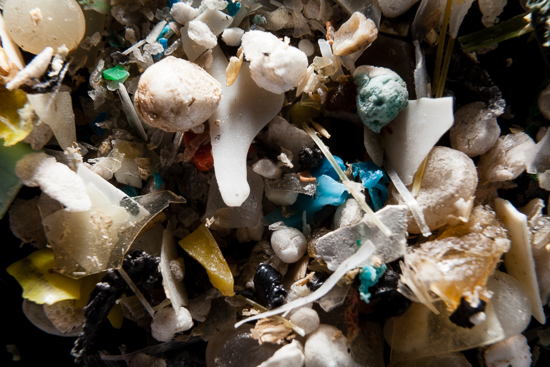
University of Maryland Professor Dr. Lance Yonkos is the primary author on a study of microplastics collected from four tributaries of the Chesapeake Bay—the Patapsco, Magothy, Rhode and Corsica Rivers. Of the 60 samples taken by the National Oceanic and Atmospheric Association (NOAA) Marine Debris Program, all but one contained microplastics.
To Yonkos, it’s not really a surprise there are microplastics in the Bay.
“We have many of the prime sources for creating and introducing microplastics to aquatic environments,” Yonkos said. Roads are a main contributor because they promote physical degradation of plastics and provide easy transport via storm drains to Bay tributaries. Yonkos listed wastewater treatment plant effluent and substantial shipping traffic.
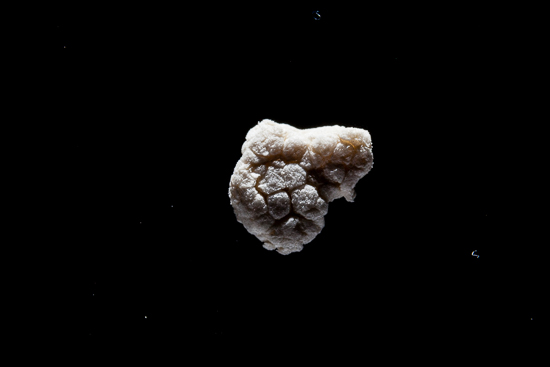
As plastic fragments become smaller, a greater number of animals are able to swallow them—as exemplified by the recent case of a whale killed by a shard from a DVD case. When these materials break down enough reach the level of microplastics, even filter feeders like oysters can consume them.
Smaller pieces also mean more surface area, Yonkos said, which could mean more leaching, either of chemicals from the plastic itself or of the environmental contaminants that cling to its surface.
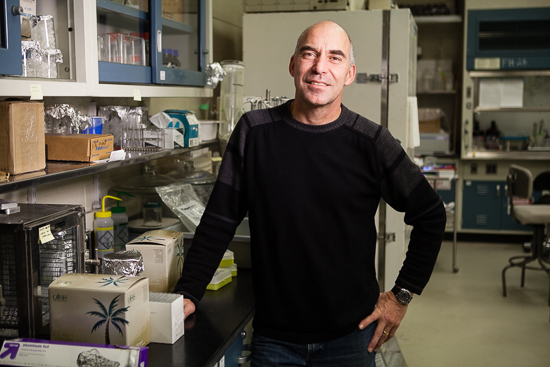
“In this way, microplastics might serve as a vehicle for introducing bioaccumulative contaminants to the food chain,” Yonkos said. The concentration of such toxic contaminants can become magnified at higher levels of the food web.
But, the science isn’t clear yet on whether microplastics represent a serious environmental or human health concern.
“Since we don’t really know yet, it is a little disconcerting to think that most of the plastics we have created over the past 70 years are still in the environment,” Yonkos said.
And microplastics are here to stay. With no feasible method for removing microplastics that are already in the environment, measures like improved recycling and decreased use of offending products—like those that include microbeads, which would be banned by the state of Maryland according to legislation passed recently—could improve the situation going forward.
“The take home message is prevention,” Yonkos said. “If we want to reduce microplastics in the oceans we need to limit their release at the source.”
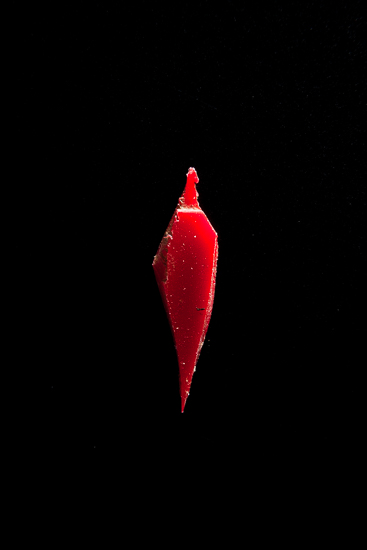
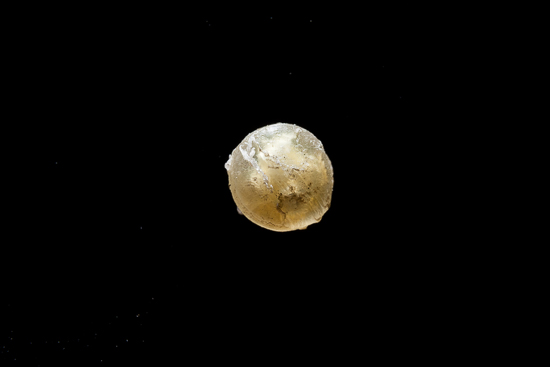
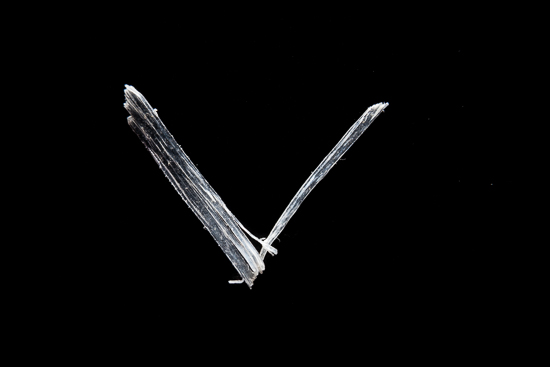
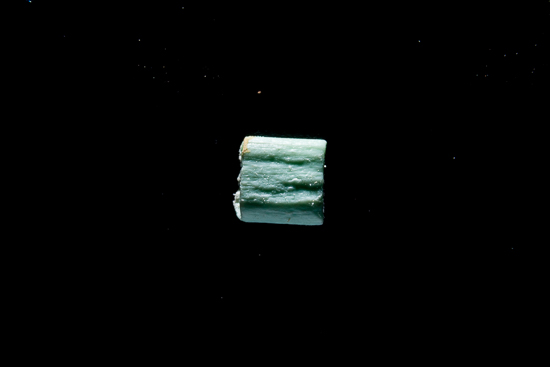
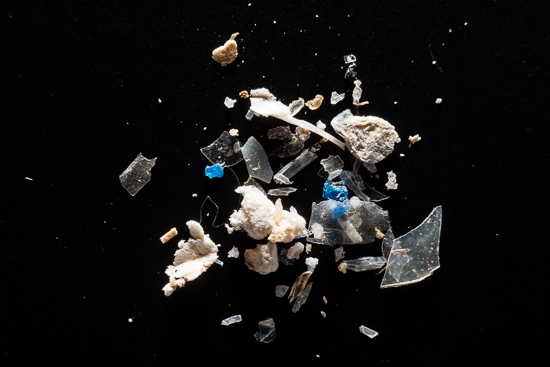
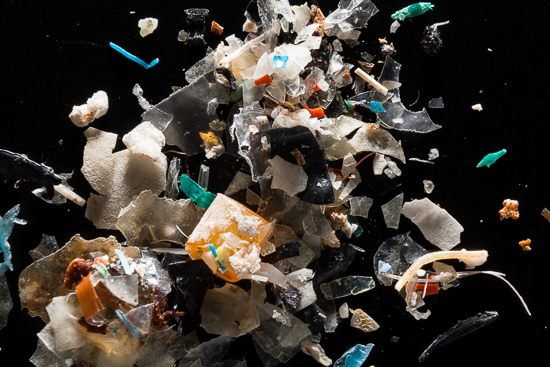
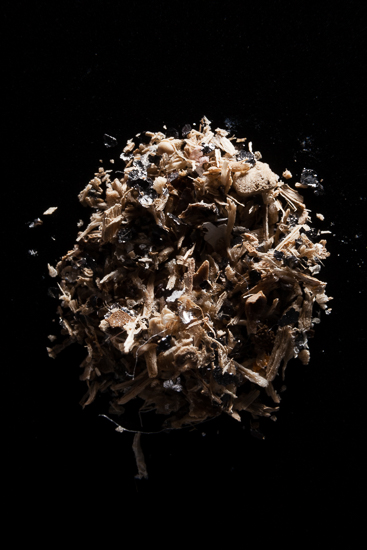
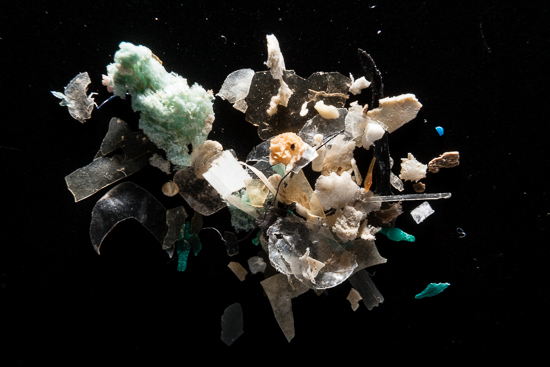
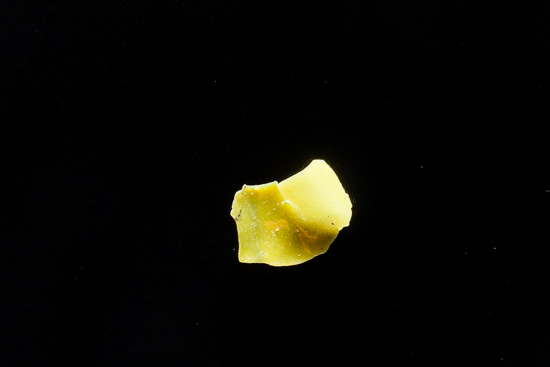
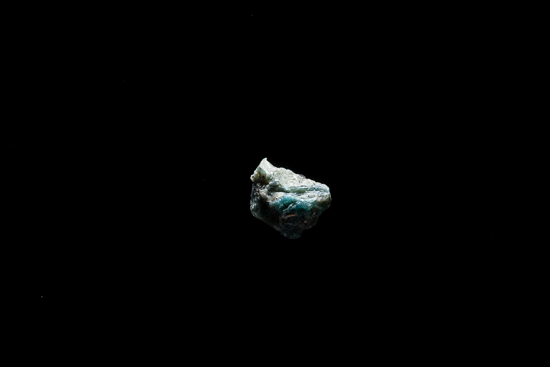
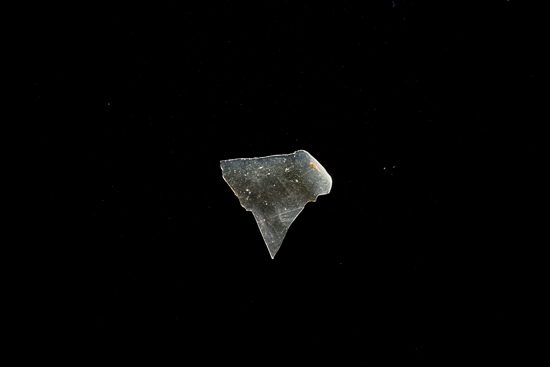
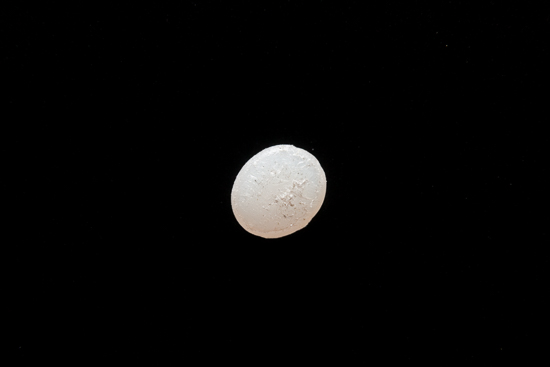
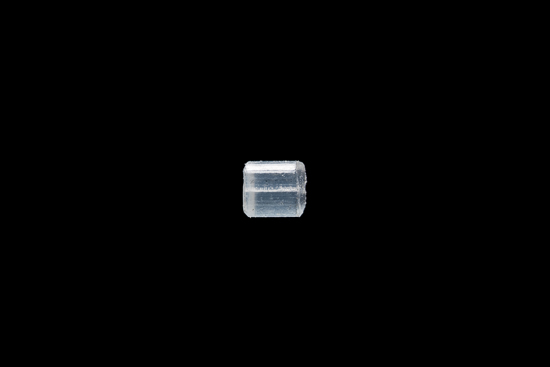
To view more photos, visit the Chesapeake Bay Program's Flickr page.

Comments
impressive, nicely documented . Thank you
Thank you!
Your comment has been received. Before it can be published, the comment will be reviewed by our team to ensure it adheres with our rules of engagement.
Back to recent stories